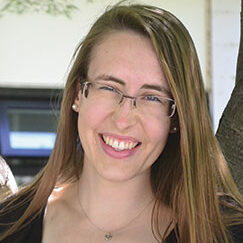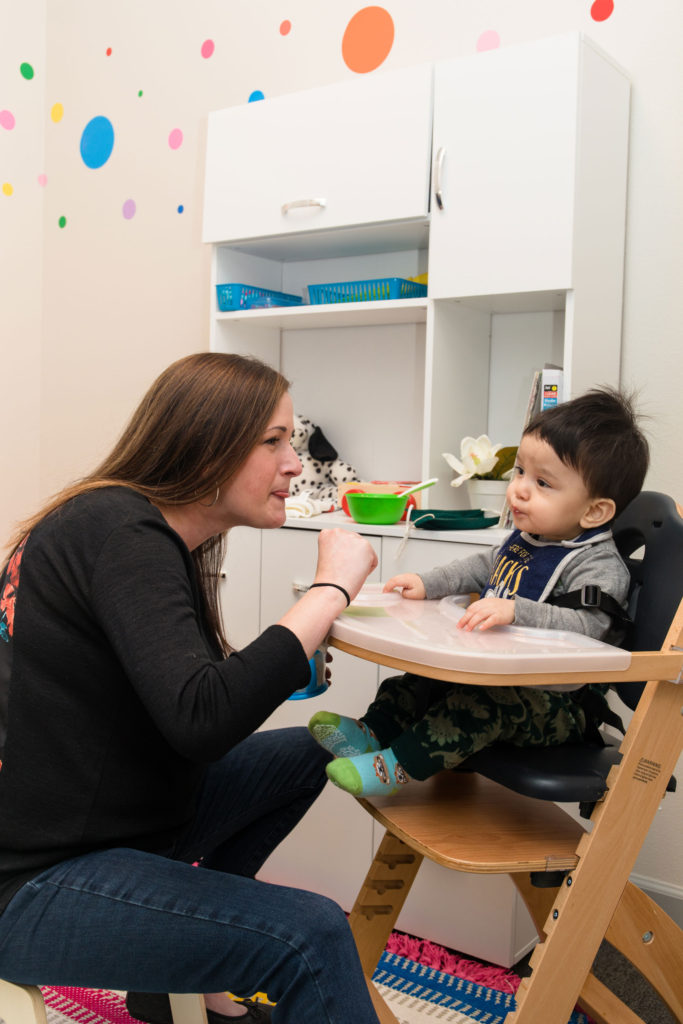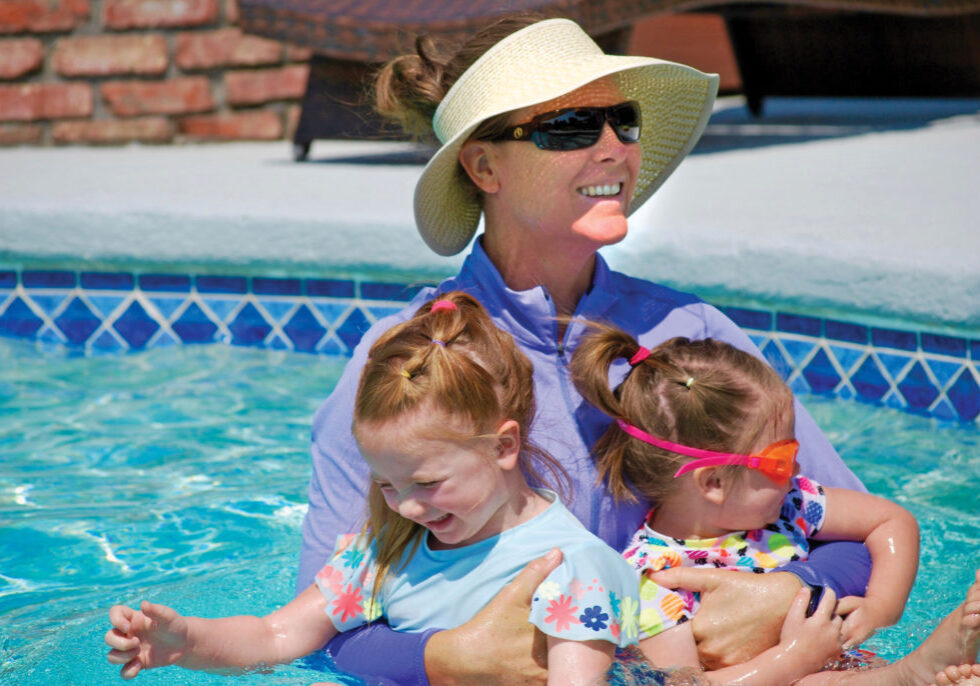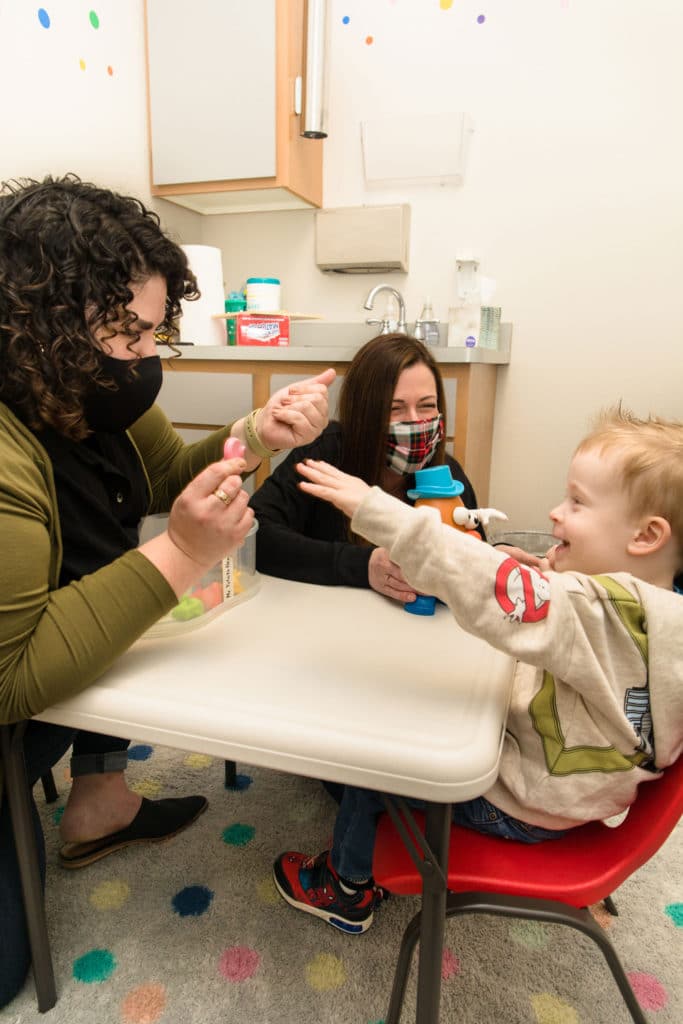 The first smile. The first word. The first step. Watching a child develop is one of the greatest joys of parenting. But what happens when you’re concerned about your child’s development? Early intervention for delays in speech, feeding, and sensory development can put your mind at ease, and help your child establish foundations for lifelong flourishing.
The first smile. The first word. The first step. Watching a child develop is one of the greatest joys of parenting. But what happens when you’re concerned about your child’s development? Early intervention for delays in speech, feeding, and sensory development can put your mind at ease, and help your child establish foundations for lifelong flourishing.
The rule of two
The Center for Disease Control (CDC) provides lists of developmental milestones for children up to age five. Among the communication milestones, the CDC notes two-year-olds should know the names of familiar people and be able to repeat words they overhear in conversations.
Elizabeth Vichi, M.A CCC-SLP, a licensed speech therapist and the owner of Full Circle Speech Therapy in Chico, CA, agrees. Elizabeth holds a NOMAS (Neonatal Oral Motor Assessment Scale) license, which certifies her to work on oral motor skills with patients as young as three weeks.
“We generally follow the rule of two,” Elizabeth says. “By the age of two, we like to see our kids using at least 200 hundred words, combining two-word phrases, and following two-step commands without a visual cue.” If a child is not meeting these communication goals, it might be a good time to seek a speech therapy assessment.
Development at different paces
Of course, children develop at different paces, so not achieving a certain skill by a certain age doesn’t automatically indicate a problem. Your child’s pediatrician will generally recognize developmental signs and suggest an assessment. If an assessment indicates a child is more than six months behind his peers, Full Circle clinicians will usually recommend treatment.
Ages newborn-three are the “golden years”
According to First Five California, an infant’s brain builds 700 new neural connections every minute during the first six months of life. Of those neural connections, “those that are reinforced by experiences are strengthened and those which are not are eliminated.”
In order to build healthy communication skills, the sooner a child receives speech therapy intervention, the better. “Early intervention is of utmost importance for any child who is behind because that zero to three or five age range is when the brain is most pliable and able to change,” says Elizabeth. “Ages zero to three are ‘the golden years’ for speech development.”
Speech therapy for older children
If your child has already aged out of “the golden years,” however, Elizabeth says speech intervention “can come in many forms, at any age.” Behaviors that may prompt speech therapy for older children include difficulty with expressive communication (talking or clearly articulating) or receptive communication (understanding spoken words). Full Circle supports ongoing treatment for children diagnosed with autism, which can contribute to communication challenges. Full Circle also provides speech therapy for kids in elementary through high school who struggle with articulation and stuttering.
Evaluation and treatment plan
Regardless of age, speech therapy starts with an initial speech evaluation of the child’s oral motor skills—the way the child uses the tongue, lips, cheeks and throat to eat and communicate. The assessment primarily consists of a therapist observing the child eating, drinking, babbling, talking and playing. Based on this assessment, the therapist recommends a specific 8-to 12-week treatment plan that involves coming in for speech services once or twice a week and doing at-home exercises in order to meet specific goals.
“To help reduce any anxieties, we make sure parents are fully aware of what is going to happen, what the expectations are going to be, and what it’s going to take for their children to make the most gains from speech therapy,” Elizabeth says.
Feeding therapy for children under three
In addition to speech and language therapy, Full Circle offers feeding therapy for children under three who struggle to nurse or eat.
For infants between birth and 18 months, feeding therapy addresses difficulties with latching onto a bottle, swallowing, transferring to purees, or accepting textured food, all of which can deter healthy weight gain and cause nutrition concerns. Many of Elizabeth’s patients who have developed feeding complications are only three or four months old.
“The sucking and swallowing ability of a baby is reflexive before the age of three or four months,” Elizabeth explains. “After that, eating becomes a choice.” At this point, babies have to purposefully decide to eat. If they have not created strong oral motor skills, they can develop food aversions that can lead to nutritional deficiencies.
 “Picky eating” may mean eating difficulties
“Picky eating” may mean eating difficulties
For toddlers, eating difficulties may masquerade as “picky eating.” Children in this age range may “avoid vegetables because they are too crunchy or meat because it is too chewy,” Elizabeth explains. “Children have a strong innate ability to know what their safety zone is for eating, so if they have a bad experience with eating a certain food, they may revert to not eating at all. Most two-year-olds don’t really know what they don’t like. It’s typically that they don’t know how to eat it.” Feeding therapy helps children become more aware of their oral structure and develop the oral strength they need to gain the nutrients they need for healthy growth.
Occupational and Sensory Integration Therapy
Families also can bring children to Full Circle for two additional therapies, spearheaded by Diona Wickum, OTR/L, OTYD. An initial occupational or sensory integration therapy assessment can help determine what sorts of interventions may be most beneficial.
Occupational therapy helps children who struggle with motor skills like handwriting or feeding themselves. Sensory integration therapy helps children who struggle with sensory processing—difficulty responding to certain sights, sounds, tastes, textures and smells. Children may display hypersensitivity (extra sensitivity) or hyposensitivity (lack of sensitivity), and their struggle to process stimuli in their environment can impede learning.
Sensory integration treatment includes a plan of physical activities that help kids self-regulate when they feel overwhelmed by the world around them. It may also involve talking through what the child experiences in given situations. By identifying triggering situations and creating response patterns, sensory integration therapy helps kids move beyond their initial reactions so they can develop socially and academically. “When we target their sensory processing deficits, we’re also helping them sustain in their environment for learning other things like language and feeding,” Elizabeth explains.
From articulation to nutrition and sensation, Full Circle Speech Therapy may be your next stop on the road to a full and healthy future for your children.
Posted in: Health & Nutrition
Comment Policy: All viewpoints are welcome, but comments should remain relevant. Personal attacks, profanity, and aggressive behavior are not allowed. No spam, advertising, or promoting of products/services. Please, only use your real name and limit the amount of links submitted in your comment.
You Might Also Like...

Ultimate Trail Magic: Hike It Baby
Whether you put boot to dirt or follow the pavement for some urban hiking, answering the call of the trail with your baby is not only do-able, it’s a bit […]
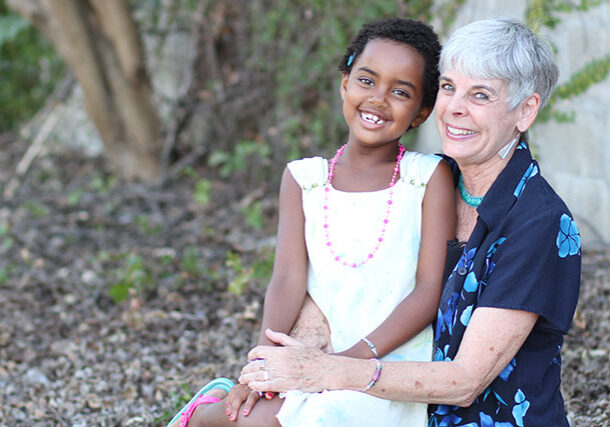
The Sandwich Generation: Balancing Child Care And Elder Care
In 1981, sociologist Dorothy A. Miller coined the term “sandwich generation” to refer to those who care for their aging parents while also supporting their own children. The definition became […]
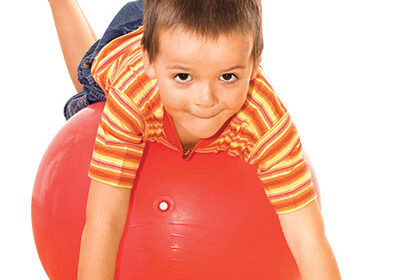
Toddlers Need Exercise Too!
Cardio is not only for adults. With the growing childhood obesity problem, it’s important to get your older baby and toddler up and active. It’s easy to do, as young […]

Ten Things Children with Food Allergies Want You to Know
1. I long to be included. I would like to look, act and eat like everyone else. I’d like to buy my lunch and sit wherever I want. I know […]


